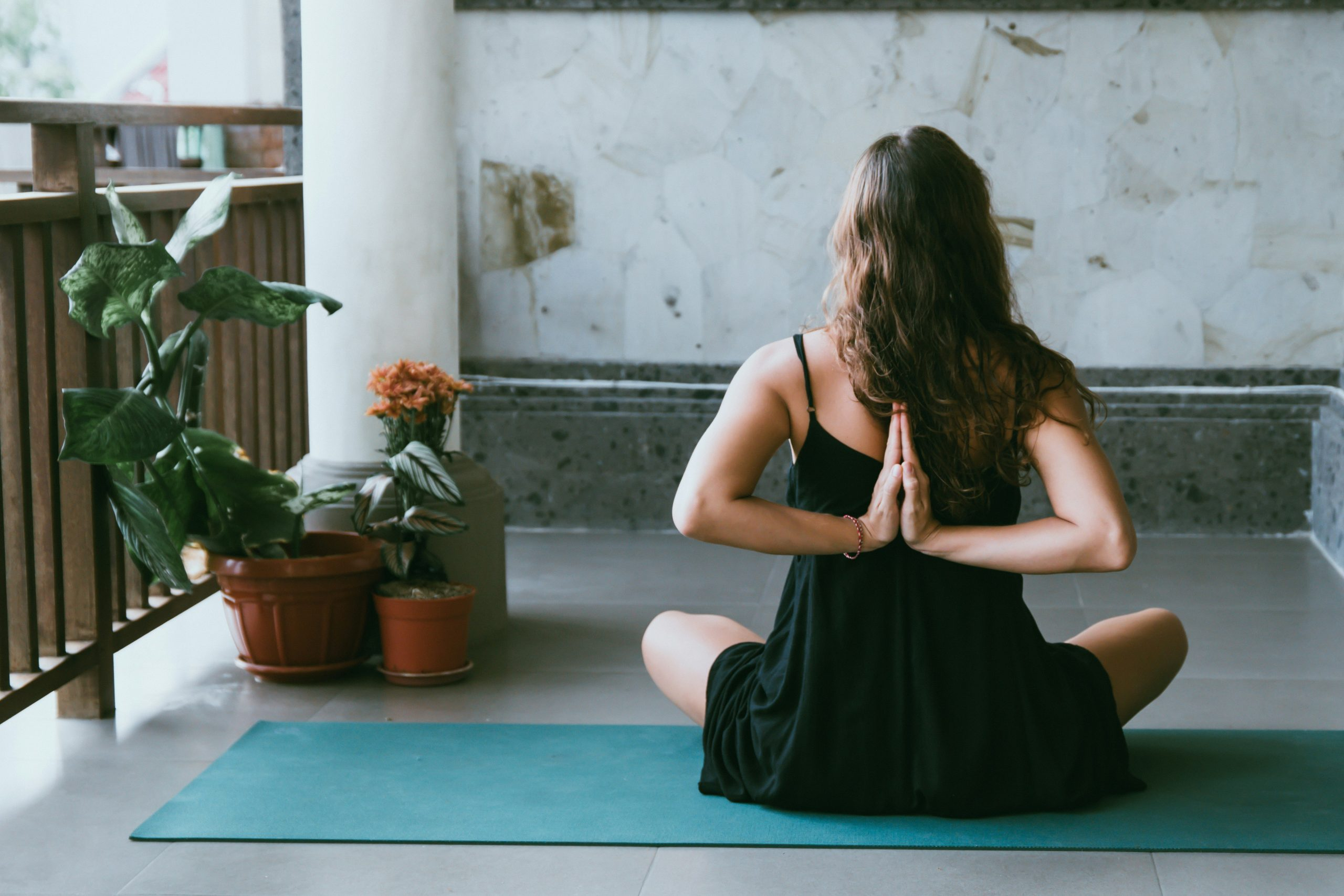Psychological Space Planning: Design Strategies for Mental Wellness
When it comes to creating a space that promotes mental wellness, many factors come into play. From the colors on the walls to the furniture arrangement, design choices can greatly impact our mental state. This is where the concept of psychological space planning comes in. By strategically designing a space to promote mental wellness, we can create an environment that supports and enhances our overall well-being. In this article, we will explore the importance of psychological space planning and discover effective design strategies for promoting mental health and wellness.
The Power of Psychological Space Planning
Psychological space planning is the conscious effort to create a space that is conducive to positive mental states. It takes into account the psychological, emotional, and physical needs of the individuals who will be using the space. This approach to design recognizes that our environment greatly influences our thoughts, emotions, and behaviors.
When we are in a space that makes us feel comfortable, relaxed, and inspired, we are more likely to experience positive emotions and thoughts. On the other hand, a poorly planned space can lead to feelings of stress, anxiety, and overwhelm. By understanding the impact of design on our mental and emotional state, we can intentionally create spaces that nurture and support our mental wellness.
Design Strategies for Mental Wellness
1. Incorporate Nature
Incorporating elements of nature into a space has been proven to have a positive impact on mental wellness. Biophilic design, which focuses on bringing nature into indoor spaces, has been shown to reduce stress, boost creativity, and increase overall well-being. This can be achieved by incorporating natural materials, such as wood and stone, as well as plants and natural lighting into the design of a space.
2. Choose Calming Colors
Colors play a crucial role in our emotional well-being. Warm tones, such as earthy shades, can create a sense of coziness and comfort, while cool colors like blue and green can evoke feelings of calmness and tranquility. When designing a space for mental wellness, it’s important to choose colors that promote relaxation and positively influence mood.
3. Create a Sense of Balance and Harmony
A well-designed space should have a sense of balance and harmony. This can be achieved by using a mix of textures, colors, and patterns. A space that feels visually balanced can help create a sense of calmness and promote feelings of well-being.
4. Prioritize Natural Light
Natural light has a significant impact on our mental and emotional well-being. Exposure to sunlight has been linked to improved mood, better sleep, and increased productivity. When designing a space, it’s important to prioritize natural light by incorporating windows, skylights, or using light-colored walls to help reflect and amplify natural light.
5. Consider Functionality
Functionality plays a crucial role in psychological space planning. A space that is cluttered, uncomfortable, or difficult to navigate can create feelings of stress and anxiety. When designing a space for mental wellness, it’s important to consider the functionality of the space and ensure that it serves its purpose in a practical and efficient manner.
6. Allow for Personalization
Personalization is key in creating a space that promotes mental wellness. Allowing individuals to add personal touches, such as photos, art, and sentimental objects, can help create a sense of ownership and comfort in a space. This can greatly enhance feelings of well-being and happiness.
7. Include Relaxation Zones
A space designed for mental wellness should include designated areas for relaxation and mindfulness. This can be a cozy reading nook, a yoga or meditation corner, or even a space for quiet reflection. These areas provide a space for individuals to recharge and de-stress, helping to improve their overall mental health.
Bringing it All Together
Psychological space planning is an essential aspect of creating a space that promotes mental wellness. By incorporating elements of nature, choosing calming colors, and prioritizing functionality and personalization, we can create a space that nurtures our mental and emotional well-being. By following these design strategies, we can create an environment that promotes overall happiness and positively impacts our mental health and wellness.










